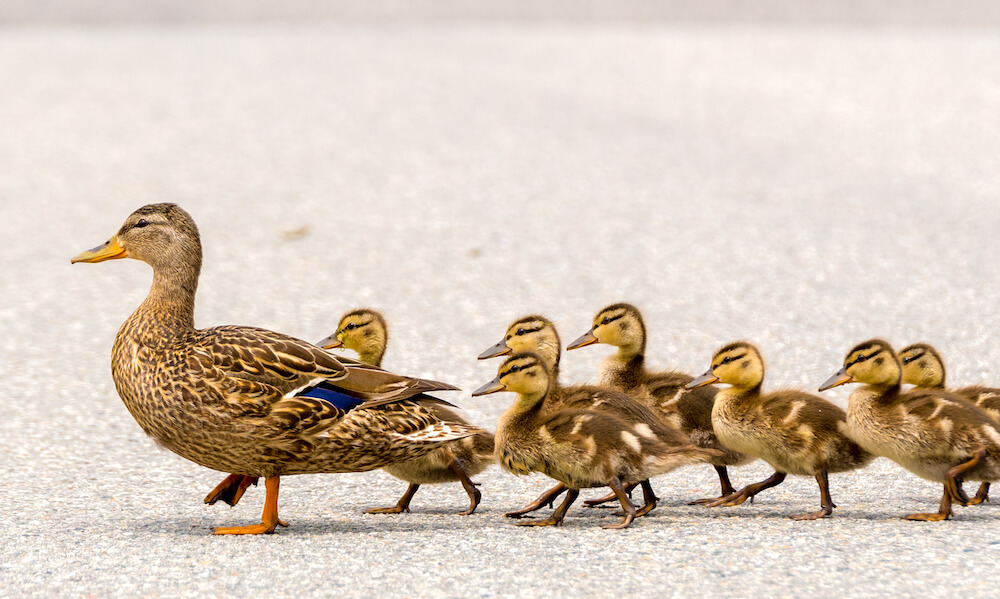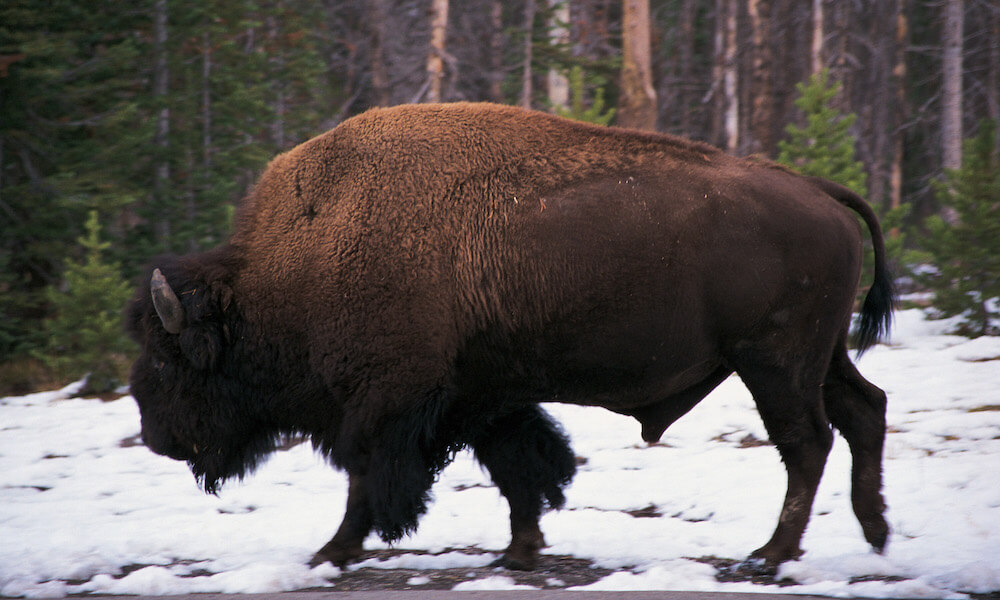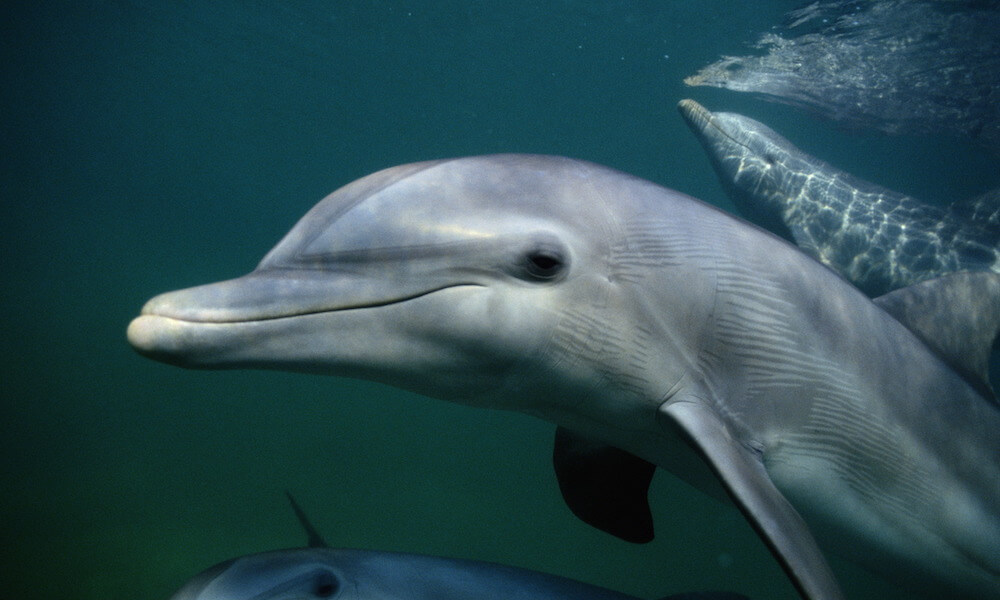Read about how dogs, human’s best friends, influenced human evolution and vice versa.


Read about how dogs, human’s best friends, influenced human evolution and vice versa.

Don’t underestimate squirrels and ducks when it comes to intelligence. Click here to read more.

Measures to safeguard public health during the coronavirus pandemic might jeopardize hard-won environmental protections against waste from single-use plastics. Read this article to find out more.

Read about the controversy surrounding Matthew Henson’s claim as the first person to reach the North Pole.

Fly along NASA satellites, go backwards and forwards in time, and so much more using these climate change interactive features available from NASA.

In this article, Laura Wright Treadway, environmentalist and mom, talks about the importance of playing—and learning—outdoors.

Do you know the difference between fearing something and worrying about it? How do things that probably won’t do us any harm come to symbolize threats? This commentary from Joseph LeDoux, the director of the Emotional Brain Institute and a professor of neural science, describes the problems that arise when fear turns to anxiety.

Researchers study dopamine levels in adolescents to understand why they take many risks.

How did a structure as complex as the human eye come to be?

Learn from a scientist who undertook an expedition inside one of the most active volcanoes in the world.

Learn about how a variation on a game of “fetch” can save lives.

According to new research, chimps have all the brainpower needed to cook — except for the ability to control fire. Read about it here.

Chef Ángel León is on a mission to change the way we see oceans. Read about his gastronomical innovations.

While modern human environmental intervention often has a negative impact, forest gardens grown by Indigenous communities prove that humans can live in harmony with nature and improve ecosystems.

Although dogs often get more credit for their smarts, cats also display some intelligent characteristics. Read about the 11 smartest cat breeds.

National parks are designated and protected by national governments for conservation purposes. Although the locations listed in the article are no longer national parks, their beauty and history make them worth a visit.

New research has discovered that dolphins share personality traits with humans despite evolving in a drastically different environment. Read about the interesting ways in which dolphins are similar to us.

Since the beginning of the COVID-19 pandemic, scientists have been working to discover the risks and ways to protect our health, including the foods we eat. Read some of their findings in this article.

Read this article to learn about some of the ways our senses can distort our perception.

Researchers have discovered that dogs display body awareness. Read on to learn more about how this brings dogs one step closer to self-awareness.